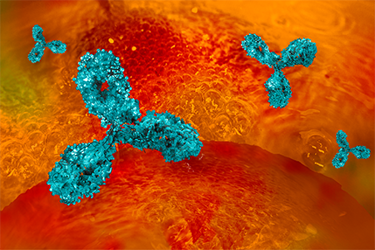Leveraging 3 Distinct Resins To Provide Effective Impurity Removal For mAbs And Novel Antibody Derivatives
By Michelle Nolasco Rivera, Andrew Siemers, Kristina Pleitt, Alejandro Becerra, Thermo Fisher Scientific

As the use of mAbs and novel antibody derivatives continues to grow across the biomanufacturing industry, drug sponsors and CDMOs are looking for innovative and scalable approaches to produce these molecules to meet patient needs. One major challenge is the higher product-related impurity levels observed across complex antibody molecules like bispecifics, Fc-fusion proteins, and Fab fragments, which lack traditional protein A binding sites and may be pH sensitive or have higher propensities for aggregation. Higher aggregate levels can lead to process-related challenges and impact the efficacy and safety of these drug products.
To successfully navigate these challenges and achieve target purity levels, sponsors must enlist a broad toolkit of purification techniques, including distinct chromatographic approaches. Download the full whitepaper to explore cation exchange, hydrophobic interaction, anion exchange, mixed-mode anion exchange, and mixed-mode cation exchange chromatography, as well as a case study highlighting the distinct uses and benefits of each implement.
Get unlimited access to:
Enter your credentials below to log in. Not yet a member of Bioprocess Online? Subscribe today.
